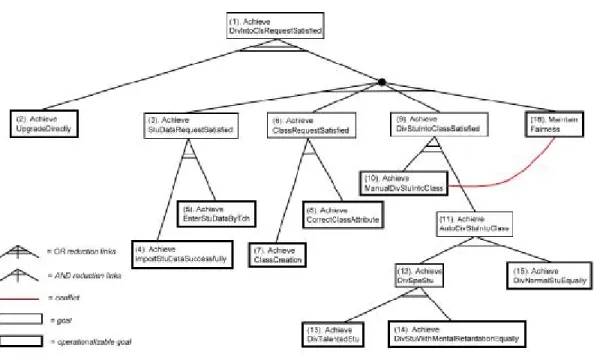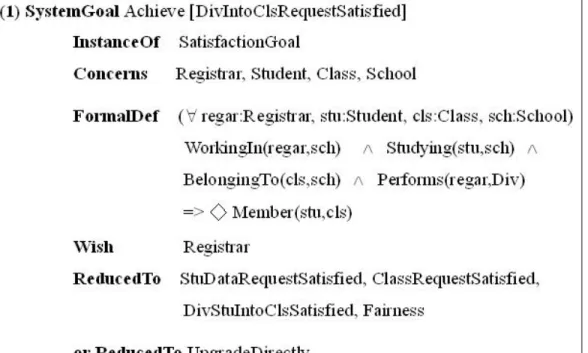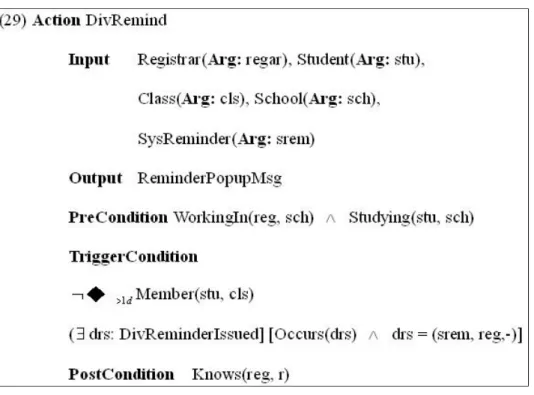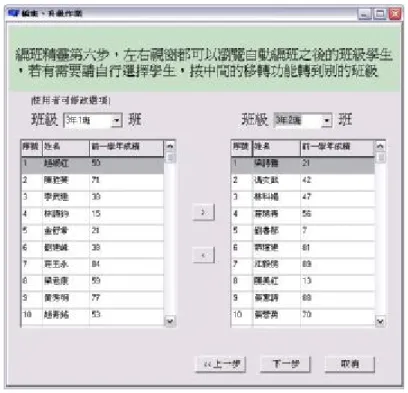In this chapter, we describe how we really use KAOS to write some of the
全文
數據


![Figure 3-3 Definition of Achieve[UpgradeDirectly]](https://thumb-ap.123doks.com/thumbv2/9libinfo/7152760.45274/5.918.173.755.357.684/figure-definition-of-achieve-upgradedirectly.webp)
![Figure 3-5 Definition of Maintain[EuqalLoadForTch]](https://thumb-ap.123doks.com/thumbv2/9libinfo/7152760.45274/6.918.173.757.470.883/figure-definition-of-maintain-euqalloadfortch.webp)
相關文件
Mean Value Theorem to F and G, we need to be sure the hypotheses of that result hold.... In order to apply
In order to establish the uniqueness of a prime factorization, we shall use the alternative form of the Principle of Mathematical Induction.. For the integer 2, we have a unique
The new control is also similar to an R-format instruction, because we want to write the result of the ALU into a register (and thus MemtoReg = 0, RegWrite = 1) and of course we
In this paper, we provide new decidability and undecidability results for classes of linear hybrid systems, and we show that some algorithms for the analysis of timed automata can
Reading Task 6: Genre Structure and Language Features. • Now let’s look at how language features (e.g. sentence patterns) are connected to the structure
(a) In your group, discuss what impact the social issues in Learning Activity 1 (and any other socials issues you can think of) have on the world, Hong Kong and you.. Choose the
Now, nearly all of the current flows through wire S since it has a much lower resistance than the light bulb. The light bulb does not glow because the current flowing through it
In this paper, we have shown that how to construct complementarity functions for the circular cone complementarity problem, and have proposed four classes of merit func- tions for



![Figure 3-10 Definition of Achieve[ManageTchAskForLeave]](https://thumb-ap.123doks.com/thumbv2/9libinfo/7152760.45274/11.918.180.746.107.406/figure-definition-of-achieve-managetchaskforleave.webp)